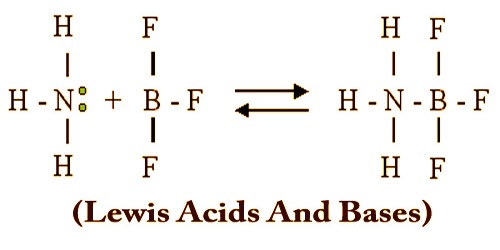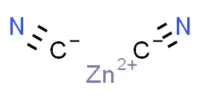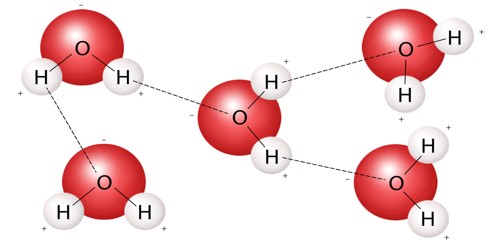Gastric Acid
Definition
Gastric acid is a colourless, watery, acidic, digestive fluid produced in the stomach. It is an intricate balance of chemotransmitters delivered to the gastric mucosa by several pathways. It is one of the components responsible for digestion in the stomach and one of the elements, with other enzymes, that make up gastric juice. Gastric acid is made of hydrochloric acid.
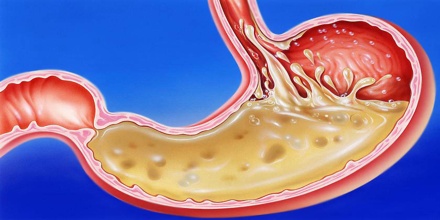
The main constituent of gastric acid is hydrochloric acid which is produced by parietal cells (also called oxyntic cells) in the gastric glands in the stomach. Its secretion is a complex and relatively energetically expensive process. Parietal cells contain an extensive secretory network from which the hydrochloric acid is secreted into the lumen of the stomach.
Gastric acid suppresses growth of bacteria, which can help prevent enteric infections and small intestinal bacterial overgrowth. The benefits of gastric acid are to facilitate digestion of proteins and the absorption of calcium, iron, and vitamin B12.
Functions and Secretion of Gastric Acid
Gastric acid is one of the main solutions secreted, together with several enzymes and intrinsic factors. In chemical terms, it is an acid solution with a pH of 1 to 2 in the stomach lumen, consisting mainly of hydrochloric acid (HCl) (around 0.5%, or 5000 parts per million), and large quantities of potassium chloride (KCl) and sodium chloride (NaCl).
The primary function of the stomach is to prepare food for digestion and absorption by the intestine. Acid production is the unique and central component of the stomach’s contribution to the digestive process. Acid bathes the food bolus while stored in the stomach, facilitating digestion. An intact defense against mucosal damage by the stomach’s acid is essential to avoid ulceration.
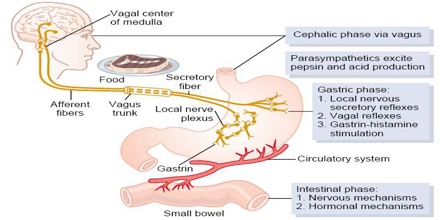
Gastric acid activates pepsinogen into the enzyme pepsin, which then helps digestion by breaking the bonds linking amino acids, a process known as proteolysis. In addition, many microorganisms have their growth inhibited by such an acidic environment, which is helpful to prevent infection.
Gastric acid secretion happens in several steps. Chloride and hydrogen ions are secreted separately from the cytoplasm of parietal cells and mixed in the canaliculi. Gastric acid is then secreted into the lumen of the oxyntic gland and gradually reaches the main stomach lumen. Its production is regulated by both the autonomic nervous system and several hormones. The parasympathetic nervous system, via the vagus nerve, and the hormone gastrin stimulate the parietal cell to produce gastric acid, both directly acting on parietal cells and indirectly, through the stimulation of the secretion of the hormone histamine from enterochromaffine-like cells (ECL). Vasoactive intestinal peptide, cholecystokinin, and secretin all inhibit production.
Neutralisation and Disease of Gastric Acid
In the duodenum, gastric acid is neutralised by sodium bicarbonate. This also blocks gastric enzymes that have their optima in the acid range of pH. The secretion of sodium bicarbonate from the pancreas is stimulated by secretin. This polypeptide hormone becomes activated and secreted from so-called S cells in the mucosa of the duodenum and jejunum when the pH in duodenum falls below 4.5 to 5.0.
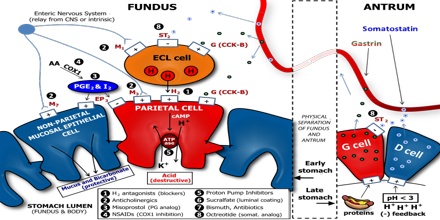
There is low or no gastric acid in the stomach, potentially leading to problems as the disinfectant properties of the gastric lumen are decreased. In such conditions, there is greater risk of infections of the digestive tract.
In Zollinger-Ellison syndrome and hypercalcaemia, there are increased gastrin levels, leading to excess gastric acid production, which can cause gastric ulcers. In diseases featuring excess vomiting, patients develop hypochloraemic metabolic alkalosis, decreased blood acidity by H+ and chlorine depletion.
The proton pump enzyme is the target of proton pump inhibitors, used to increase gastric pH and hence decrease stomach acidity in diseases that feature excess acid. H2 antagonists indirectly decrease gastric acid production. Antacids neutralize existing acid.


